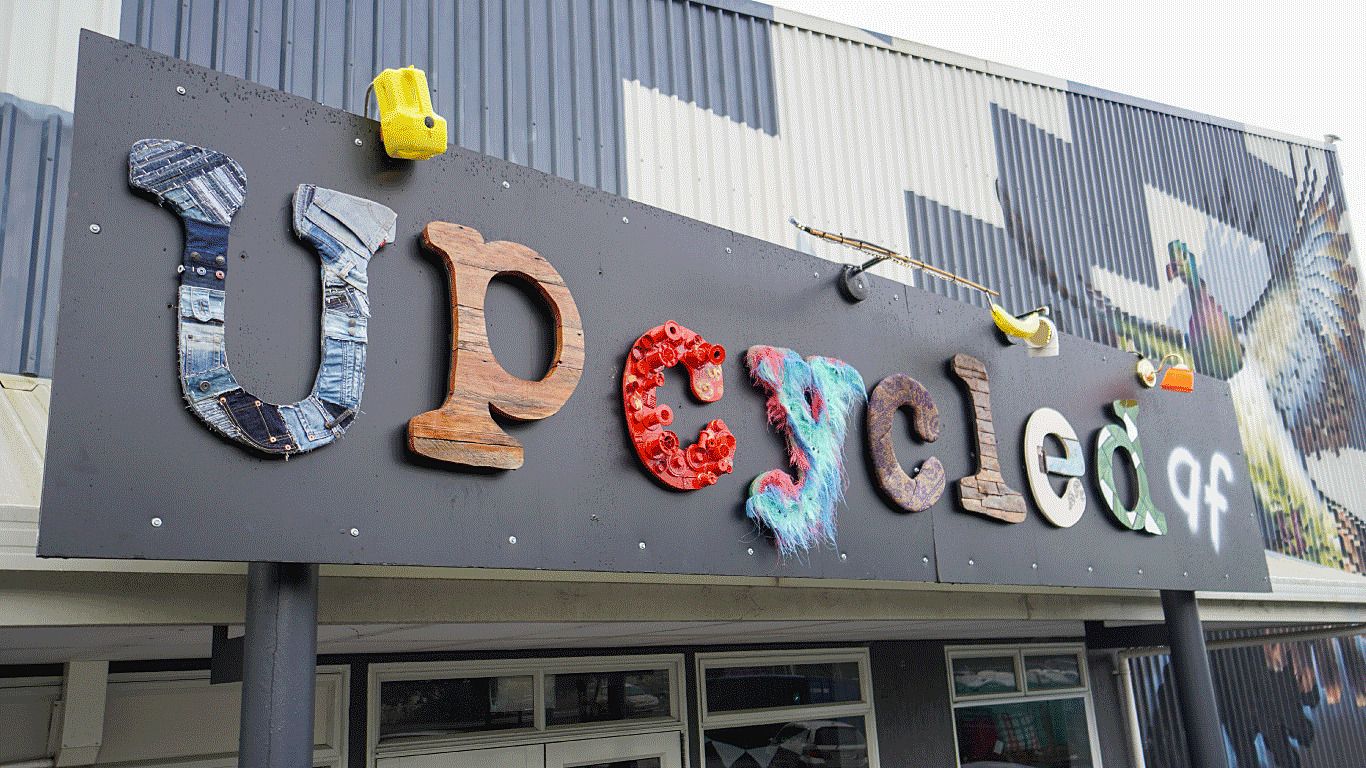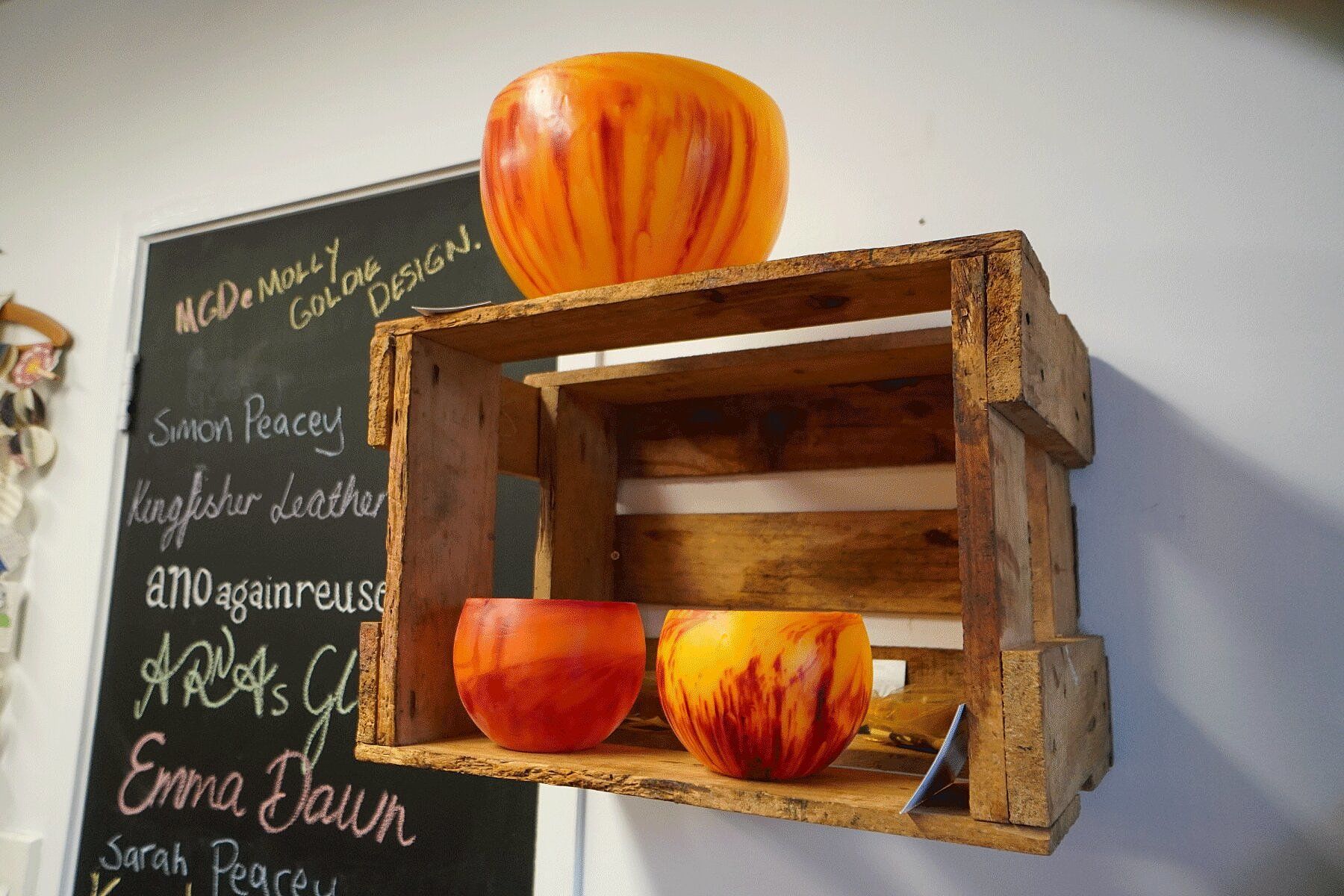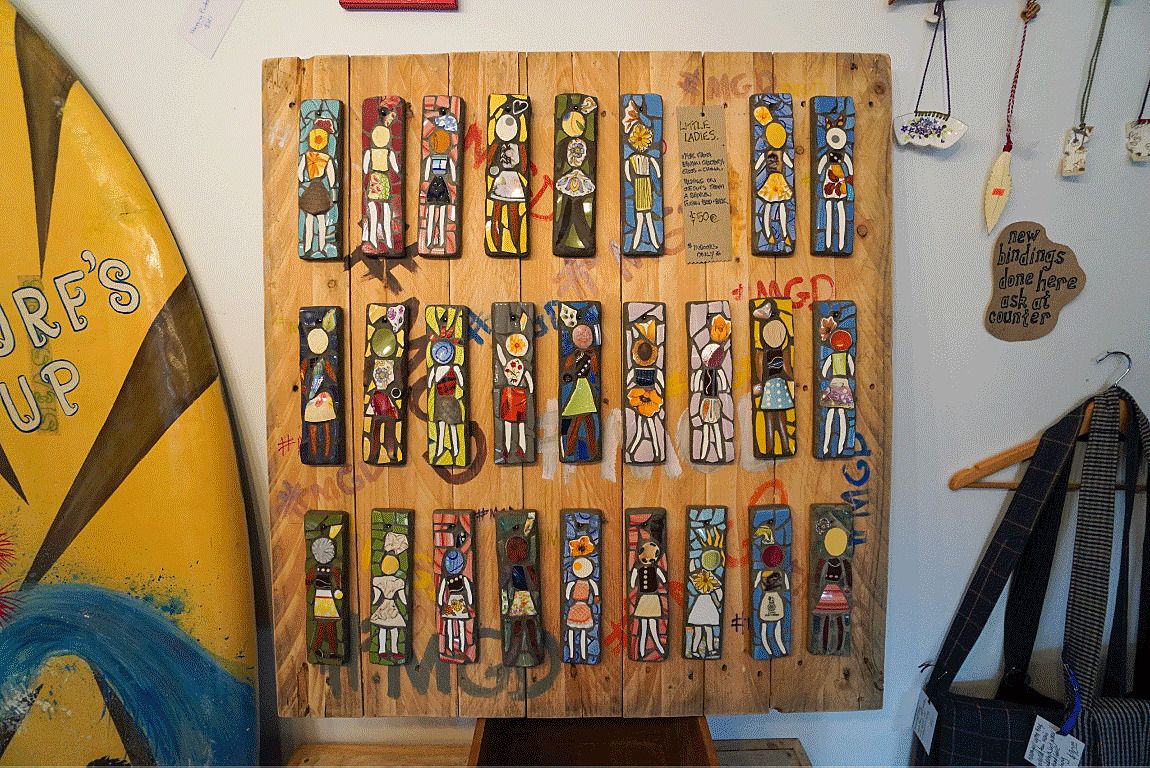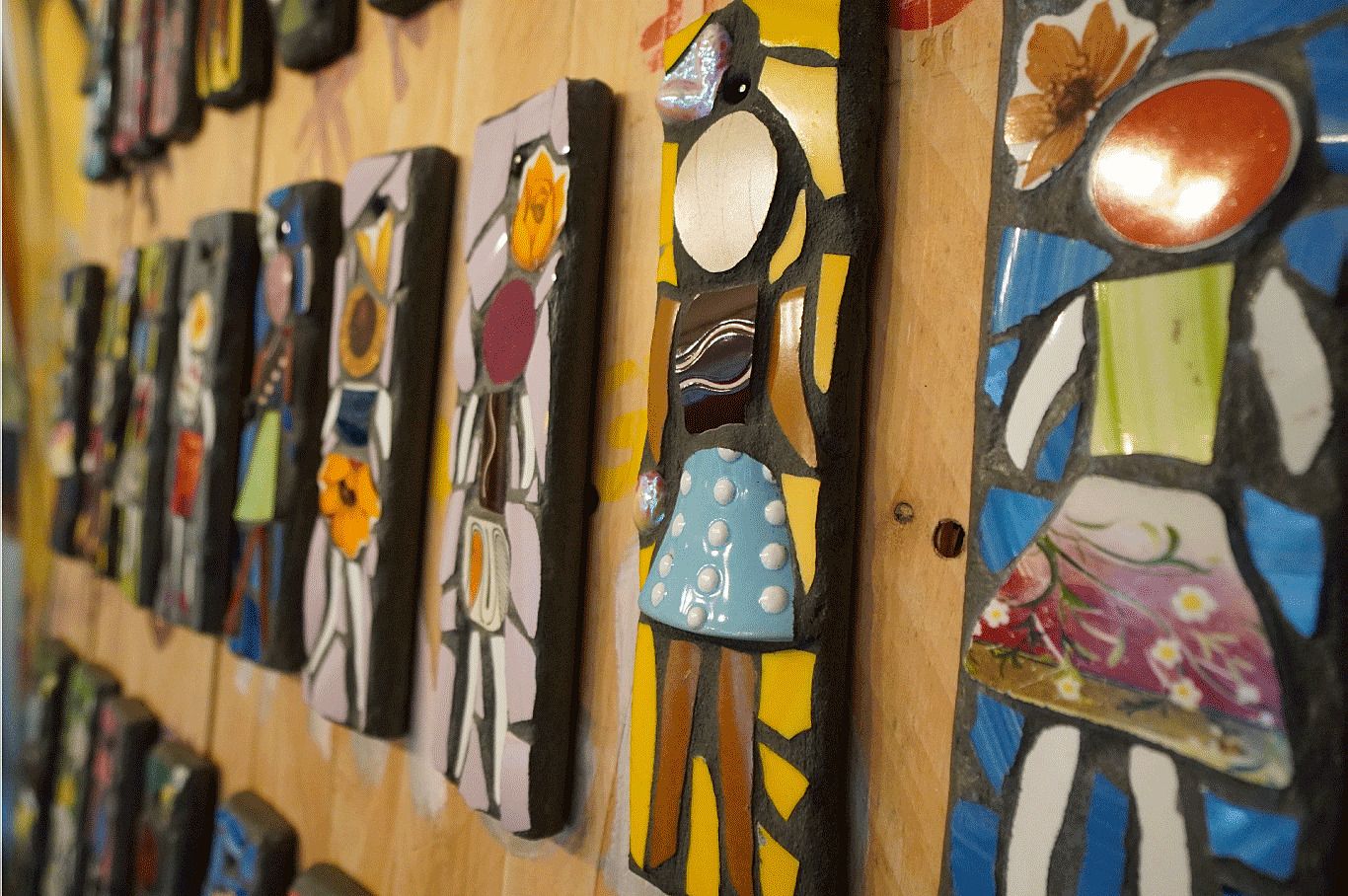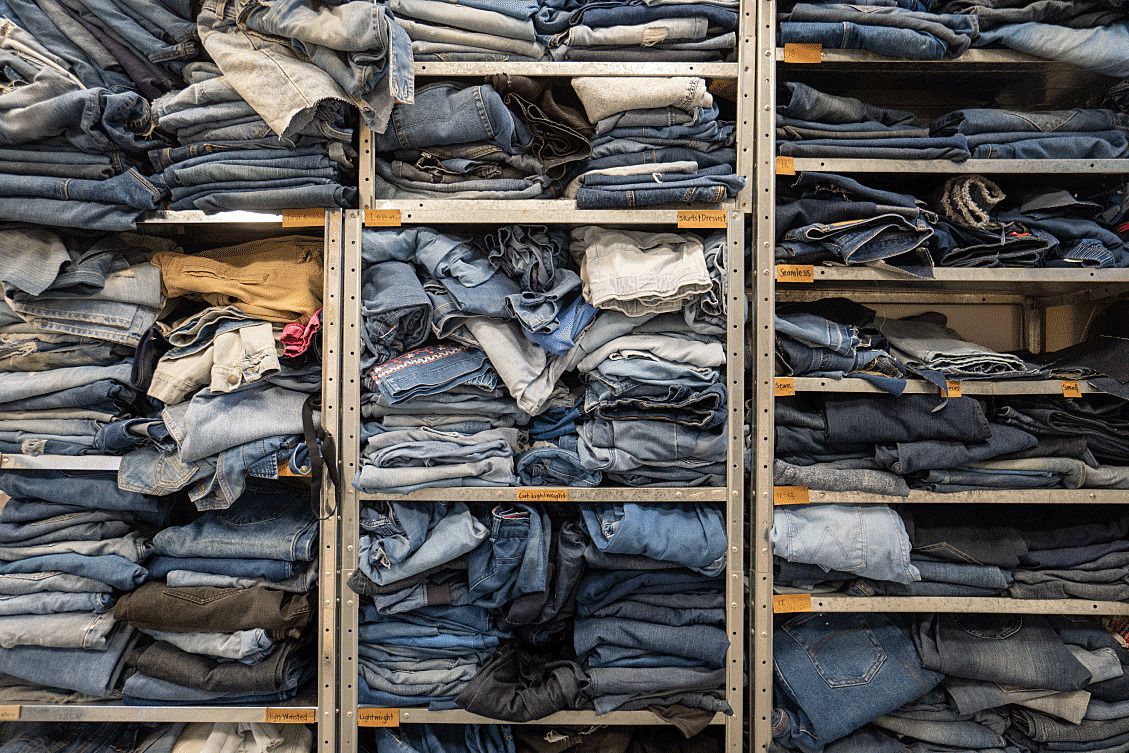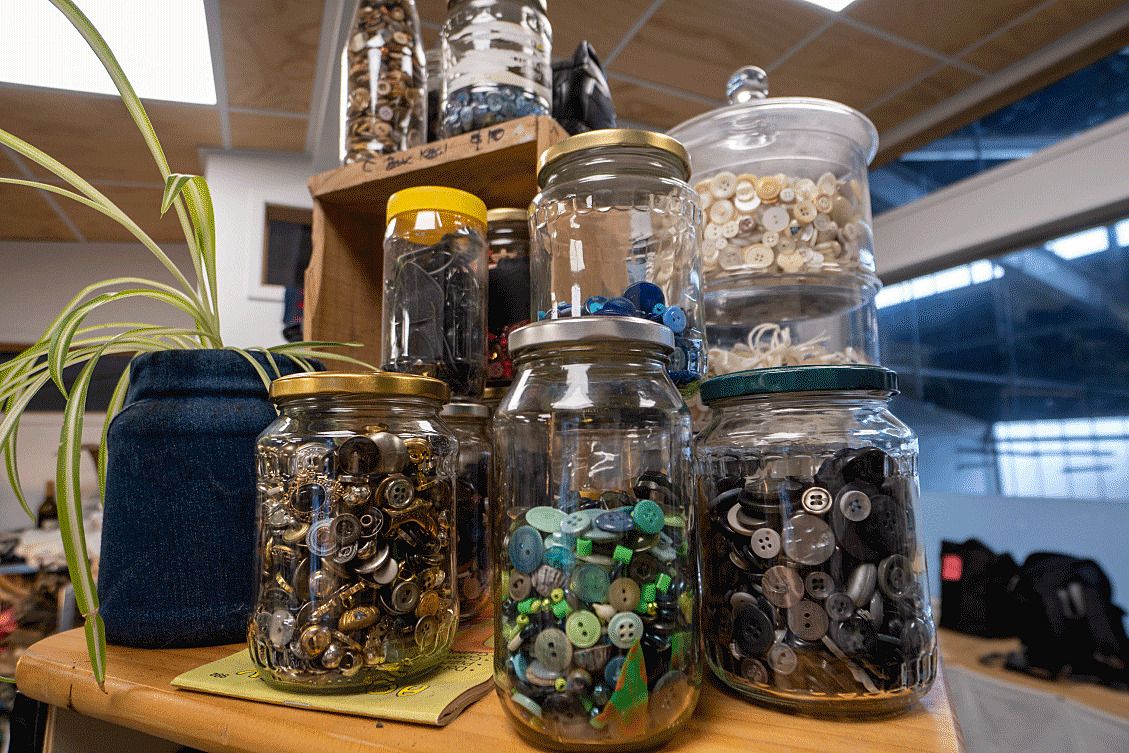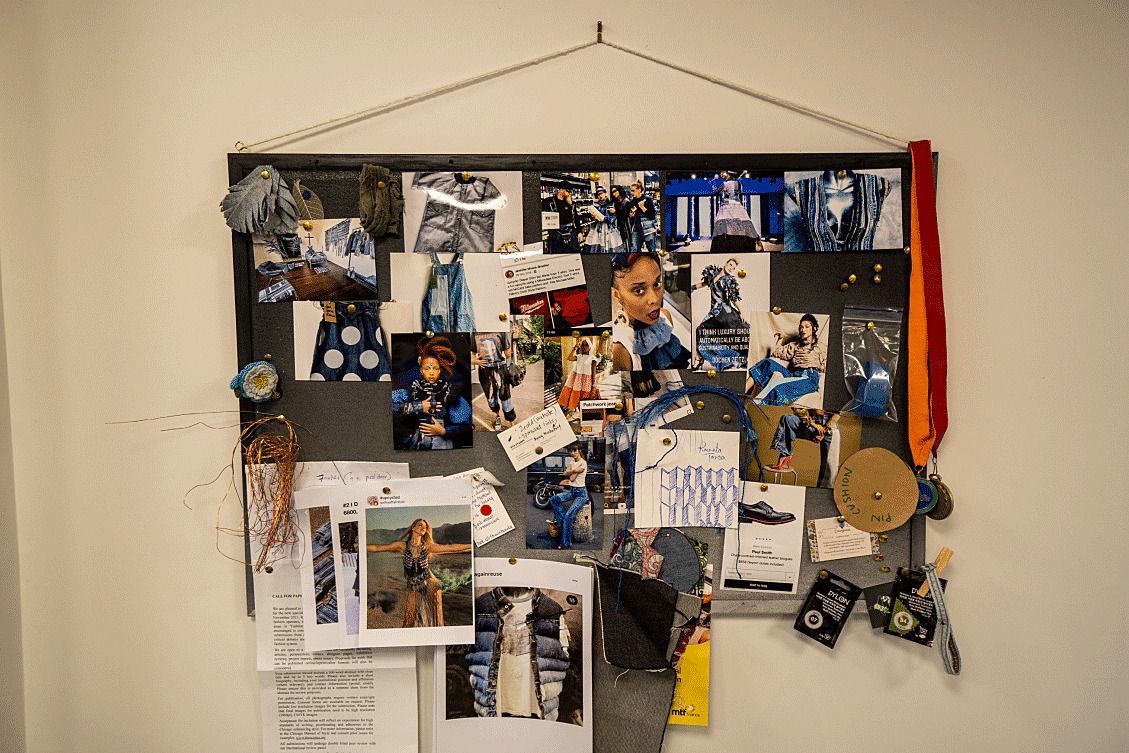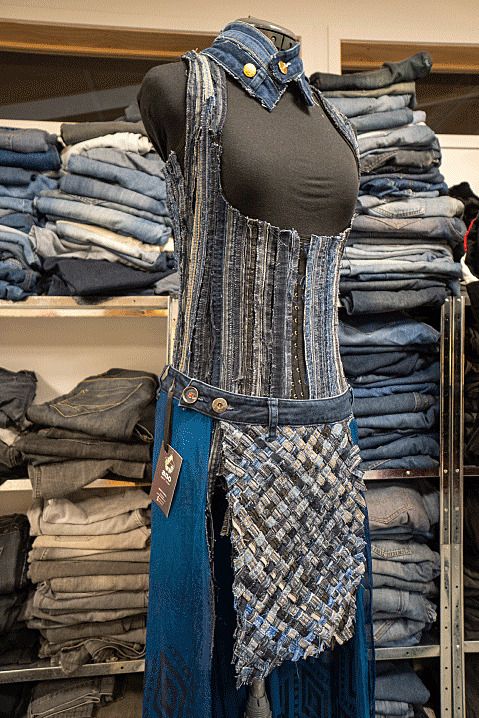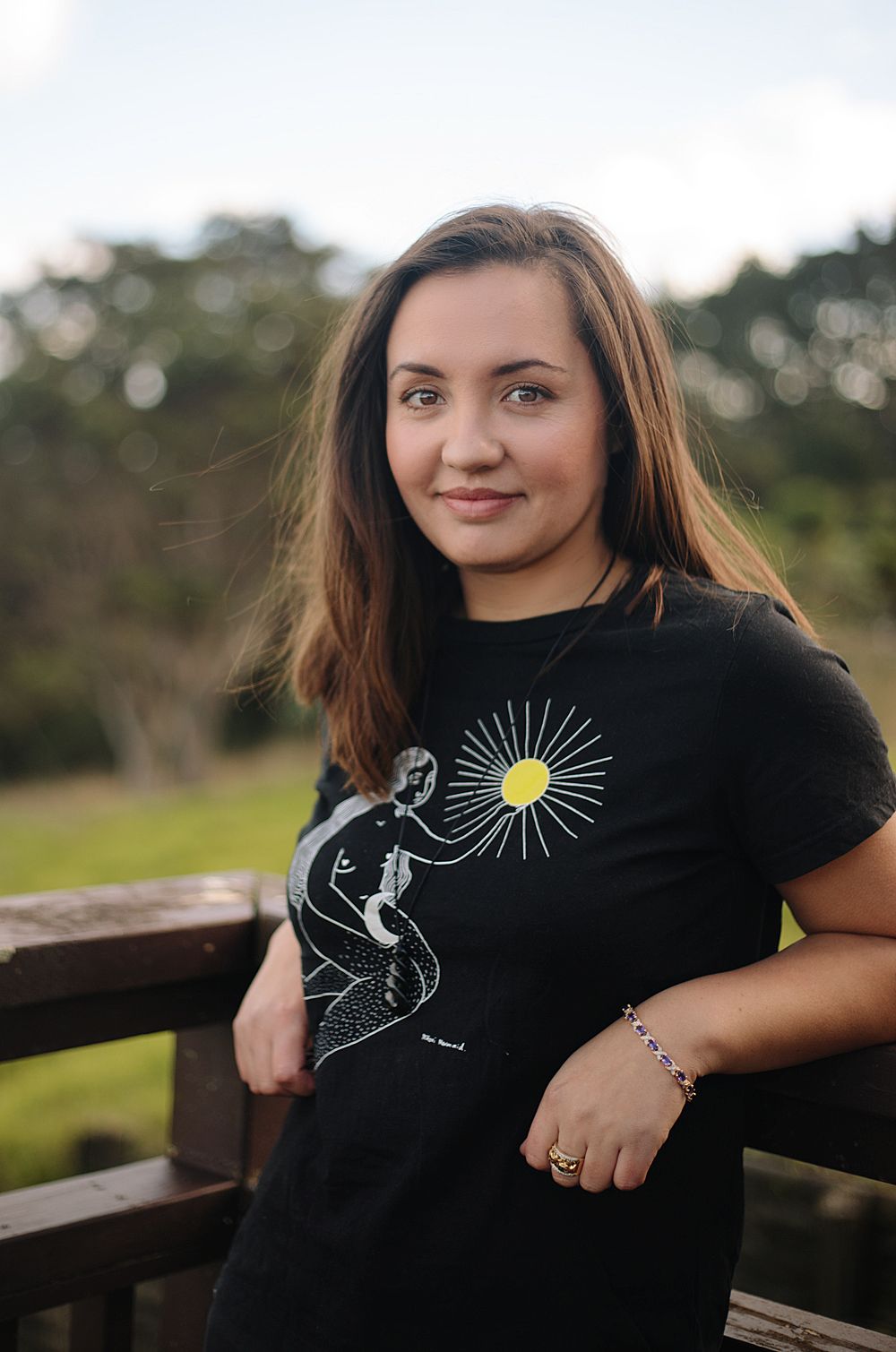Off the Beaten Track with Shelly Matiu
Editor Ataria Sharman catches up over kawhe in the workshop of repurposed-fashion artist Shelly Matiu, co-founder of Whangārei’s newest gallery of ‘upcycled’ works.
In this series, our editor at The Pantograph Punch ventures into the regions of Aotearoa to talk with some exciting creatives. In this one, Shelly Matiu – one of the founders of UPcycled af, a gallery for artists who take unwanted or unusable goods and transform them into pieces of art – shares her beginnings and why she’s so passionate about saving the planet.
Ataria Sharman:Let’s start from the beginning. Shelly, where do you come from and when did you first get into the arts?
Shelly Matiu: I grew up on the North Shore in Tāmaki Makaurau. It was a pretty interesting upbringing for someone of Māori and Irish descent (Te Parawhau, Ngā Puhi). There wasn’t a lot of diversity on the Shore, very white with few Māori. Because of this I always felt like I didn’t quite fit in. I was always creative, I remember getting arts awards as a child. But then my art and sewing teachers at college put me off. Once I created a papier-mâché dinner plate, with a pie, peas and mashed potatoes. Everyone else in the class thought it was cool, but my art teacher, she was just like “Pfft, no, that’s no good.” She wouldn’t help me, she basically wouldn’t teach me at all, so I never took art again after that. That was in Year 9. After I finished at college I landed a job in a law firm.
AS: Wow, really?
SM: My friends at school mostly just did what their parents did, whether that be doctors, dentists, lawyers or secretaries. So I did that too. Your choice of career was pretty limited in the 80s, and we’d just come out of a recession so I think that made things worse. I worked as a legal executive for a while, but I hated it. I tried to like it, I tried really hard but I just couldn’t. I used to draw designs for my fashion projects while I was at work.
Inside UPcycled af. Photo: Te Piha Niha
AS: I heard of UPcycled af through my mother-in-law. We’d spent our Sunday morning op-shopping and then she took me and my sister-in-law to your gallery. I have to say I was blown away with the quality and diversity of the repurposed works, and the care with which each piece was displayed. Where did the idea for an upcycled gallery come from?
SM: I was part of a week-long upcyclers’ exhibition in November 2020 at Journey Collab, a collaborative art and design space. The opening night was packed and I got to meet all these upcycling artists, woodworkers, furniture refurbishers, fabric repurposers. It really blew me away. So that night I asked the other artists if anyone would be interested in having a space like this full time, and most were keen. We had a meeting, and then six or seven months later, in May 2021, we opened UPcycled af.
AS: Tell me about some of the UPcycled af artists, and their works and media.
SM: There are 18 artists in total and the different media they use range from fashion and textile to furniture, wood, glass, jewellery, ceramics, copper and lighting. Molly Goldie takes broken crockery and makes it into pendants and mosaics. Arna Turton’s glass pieces include ornamental hangings and jewellery, and Simon and Sarah Peacey take used beeswax and turn it into works like their ‘luminaries’, thin-walled bowls in striking colours. Their reuse of beeswax includes all by-products as well.
AS: I’ve heard about this before, is it the circular economy – a method of designing and product making that uses all waste?
SM: All parts of the product, all by-products, are used so that the lifecycle of the work is waste free.
Simon and Sarah Peacey, Beeswax Luminaries. Photo: Te Piha Niha
AS: Every month you change out UPcycled af with new works – how does that work?
SM: On the first Friday of every month we completely empty the gallery and everything that hasn’t sold comes out. Then artists come and collect their works, and drop off new ones if they're going to be part of the next exhibition. It takes a group of around four of us three hours to hang the pieces, and collectively we agree where to put everything in the space.
AS: Do you have a theme for each month?
SM: We talked about having themes, but it felt limiting. Instead, we just consider what's going on in our local community, like Matariki at the moment.
Little Ladies, Molly Goldie. Photo: Te Piha Niha
*
AS: You clearly have a passion for sustainability and the environment.
SM: I’ve always been an advocate for our planet. Sometimes it makes me feel angry at the ignorance of other people. I’ve had people say to me things like, “If it was bad for the environment they [corporate brands] wouldn’t be selling it.” But I know that until we stop buying those products, they’ll keep selling them, because they make money.
There’s also this greenwashing that's been going on. For example, the rising popularity of period undies. They’re generally made offshore and contain synthetic materials, so when they do go to landfill it’s not that great. A better alternative, in my opinion, would be reusable tampons and pads. You could repurpose pajama flannelette for reusable tampons and pads – a lot of pajama material goes straight to landfill. People think they’re being sustainable or eco-friendly with their period undies, whereas I know there are better solutions than that.
On the positive side, I think that there's always one person in every family who wants to save the planet. My goal has always been to reach that one person.
*
*
AS: What about your own repurposed fashion brand?
SM: It’s called Anoagainreuse. I take unwanted denim and other fabric, furniture, treasures and trash, mostly destined for landfill, and transform it into funky, functional pieces of clothing and art. It's easy to find jeans for reusing – so much denim is wasted, and as a material it really needs to be kept out of the landfill.
Most of my clients come to me with a commission, an idea of something they’d like me to make. I enjoy finding the right combination of denim for a garment, there’s a massive diversity of blues – it’s like a jigsaw puzzle, bringing all the pieces together into one cohesive form. Once I’ve chosen the jeans I’m going to use I’ll deconstruct them. Every single part of each pair of jeans is kept. I’ve got stacks of denim in my workshop above UPcycled af, bins of scraps under the table, and zips, seams and buttons stored in containers and jars. I use the denim scraps as a filler for bean bags and ottoman furniture. I’ve got a corset I made out of seams, it took me around a day and a half to make that.
*
Shelly Matiu in partnership with Collaboration NZ, corset made of seams. Photo: Te Piha Niha
When it comes to my own upcycled clothing I have a saying, “It looks best when it doesn’t look upcycled.” My goal is to create pieces no one would realise were repurposed. All of my works are unique, and limited edition. It’s impossible for me to ever make two identical garments and it takes me around 40 hours to create each one.
AS: Is there anything else you would like to share?
SM: I’m interested to know if there are any other galleries like UPcycled af in the world. I’d love to hear from anyone who knows if there are.
Feature image: Te Piha Niha
